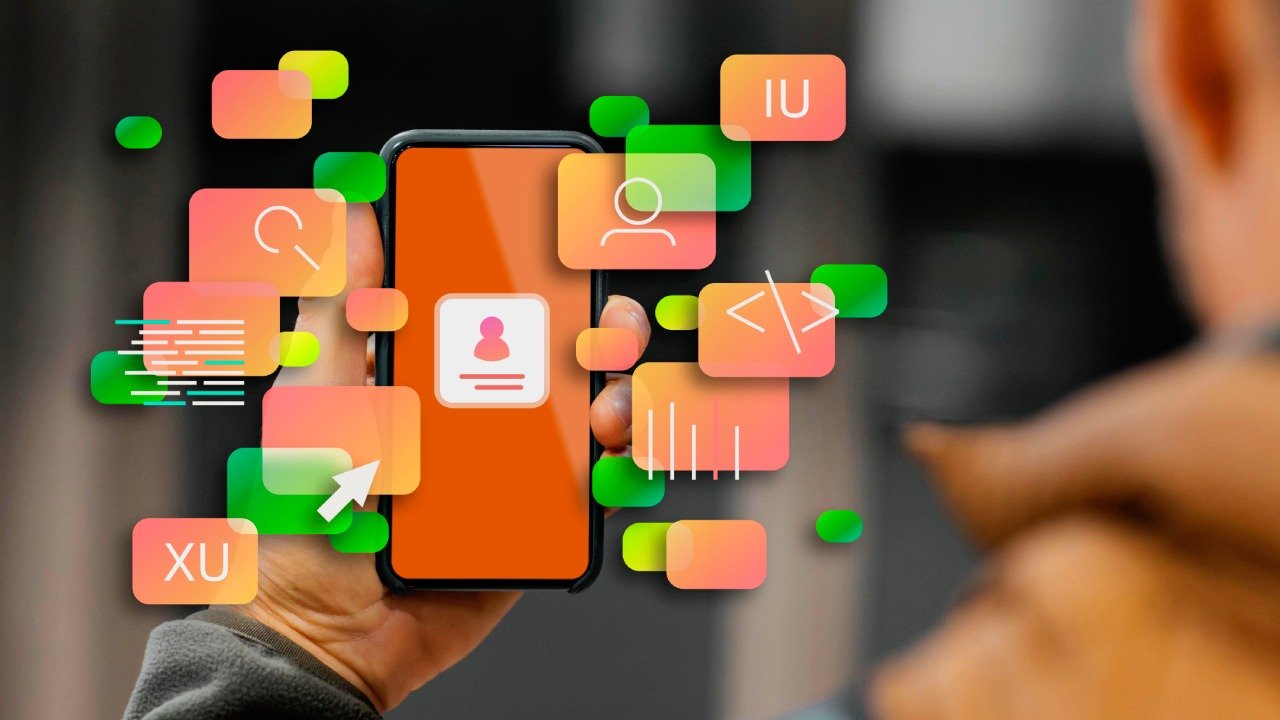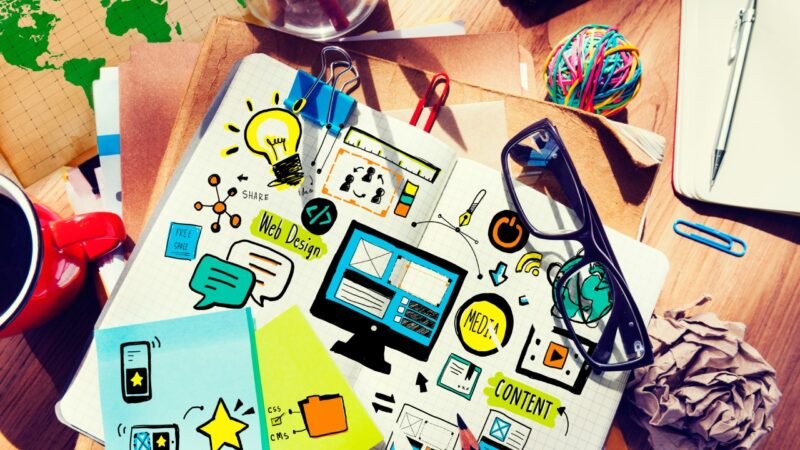AI-Driven Personalization: The Key to 10x Your Content Engagement
In today’s digital world, your audience is constantly bombarded with content. To stand out, businesses must go beyond creating generic messages. AI-driven personalization makes it possible to tailor content experiences to individual users—boosting relevance, engagement, and ultimately, results.
Let’s explore how AI is helping marketers deliver smarter, more targeted content that truly connects.
What Is AI-Driven Personalization?
AI-driven personalization uses data and machine learning to adapt content for individual users in real time. Instead of grouping people into broad categories, AI analyzes behavior patterns, preferences, interactions, and even context (like time or location) to serve content that feels personal—without human input.
It’s like giving each user their own unique version of your content.
Why It Matters
Personalized content performs significantly better than generic messaging. Here’s why:
- Users engage longer with content that feels relevant
- Click-through and conversion rates increase
- Customers feel more valued, which strengthens loyalty
When you deliver the right content at the right time, your audience responds.
How AI Personalizes Content
Here are some of the most effective ways businesses are using AI to customize content:
1. Product and Content Recommendations
AI analyzes user behavior to suggest relevant products, videos, or articles. This is commonly used by streaming platforms, online retailers, and blogs.
Example:
An online store recommends accessories based on past purchases or browsing history.
2. Dynamic Content Generation
AI tools can create different versions of a message for various audience segments—changing tone, structure, or emphasis based on user data.
Example:
A newsletter headline about cybersecurity reads differently for IT professionals than it does for business owners, tailored automatically by AI.
3. Personalized Email Campaigns
AI tools personalize emails beyond just names—choosing content blocks, product offers, or blog suggestions based on each user’s behavior.
Example:
A reader who frequently clicks on health articles gets more wellness tips, while another gets productivity hacks.
4. Real-Time Website Customization
Websites can now adjust messaging and layout in real time based on the visitor’s location, device, referral source, or past interactions.
Example:
A returning visitor might see case studies, while a first-timer sees a product demo.
Tools That Enable AI Personalization
Several platforms are making AI-driven personalization easy to implement:
- Mutiny – For dynamic B2B website experiences
- Pictory & Jasper – For AI-generated content
- Dynamic Yield – Real-time personalization for e-commerce
- ChatGPT with APIs – For generating tailored messages or automated workflows
- Segment – To unify and analyze customer data for better targeting
Tips to Get Started
- Understand Your Audience – Use analytics to identify behavioral patterns.
- Start with One Channel – Try personalizing email, website content, or blog recommendations first.
- Use the Right Tools – Choose AI tools that integrate with your existing platforms.
- Measure and Adjust – Track performance to improve relevance over time.
Conclusion
AI-powered personalization helps you create experiences that feel human—even at scale. It allows your content to adapt to each user’s needs, making your message more effective and your brand more memorable.
By using AI strategically, you’ll deliver content that doesn’t just speak—but resonates.



